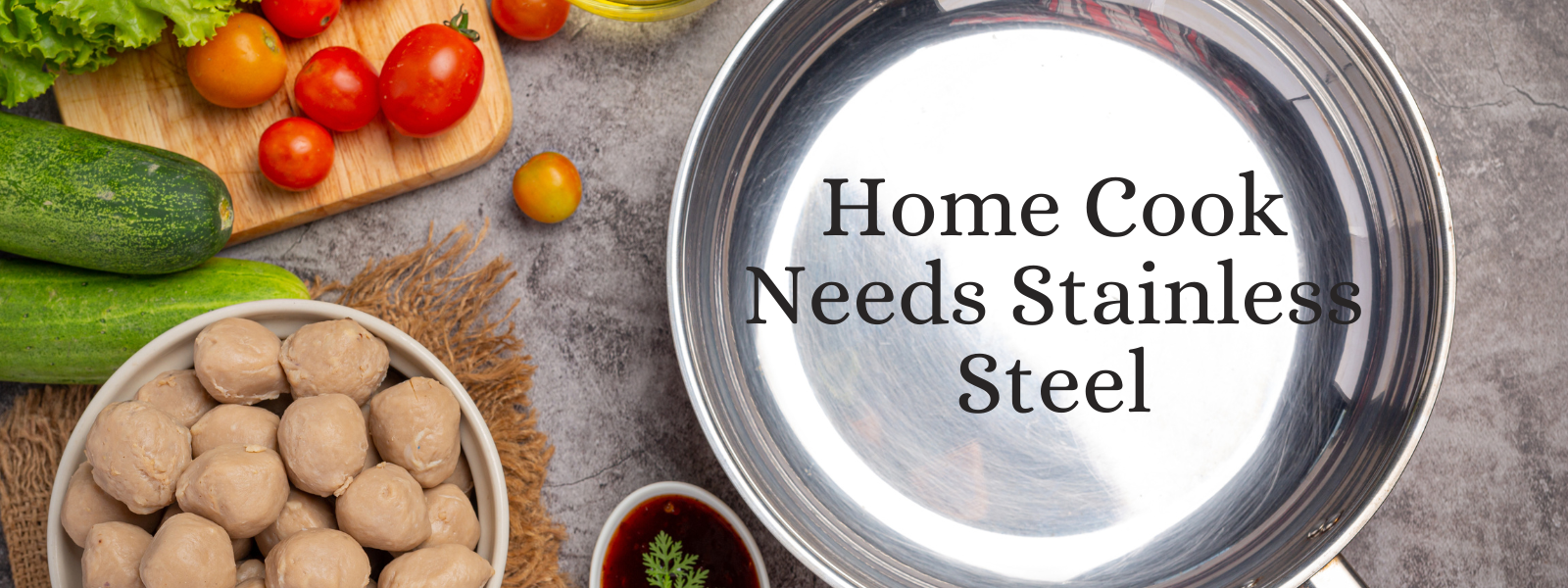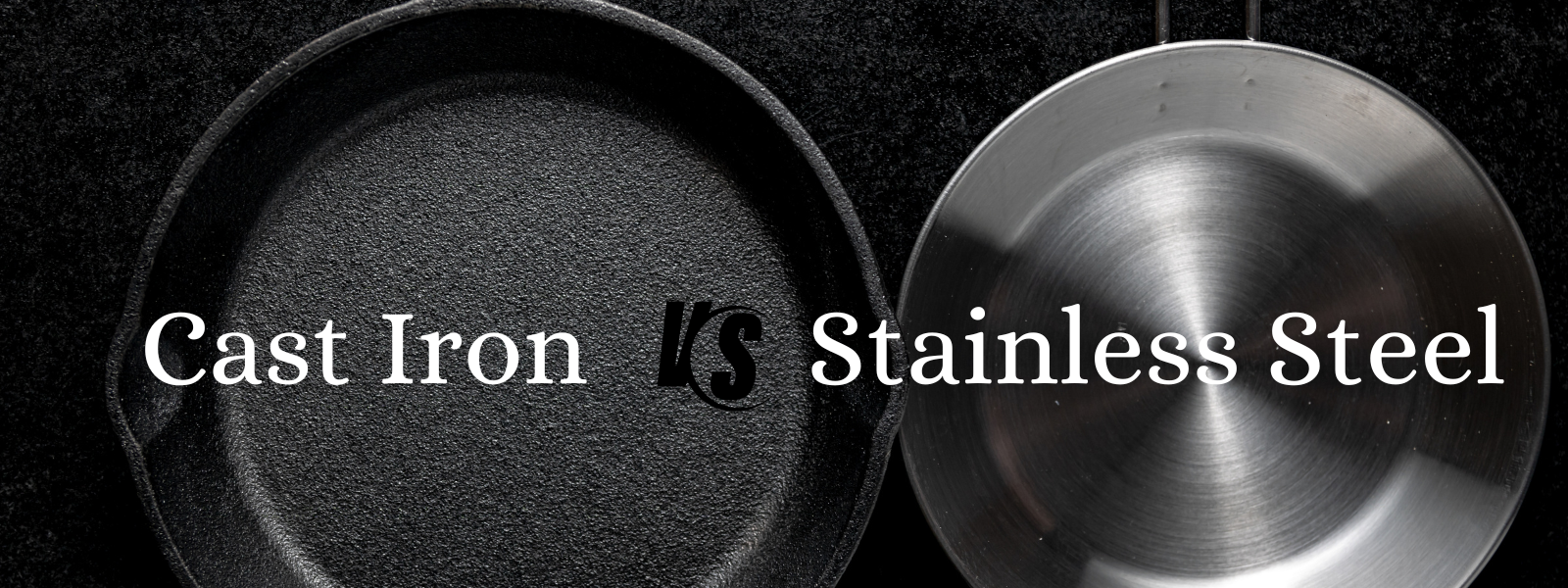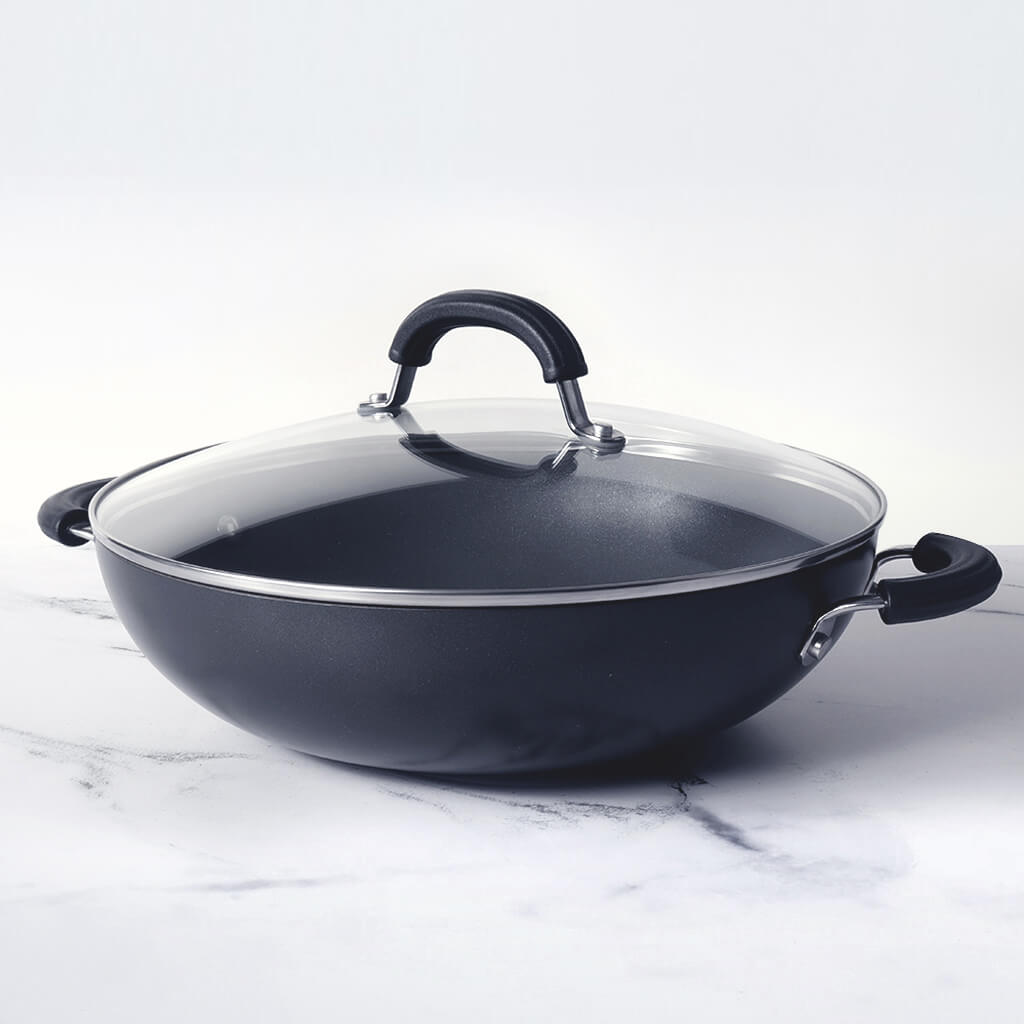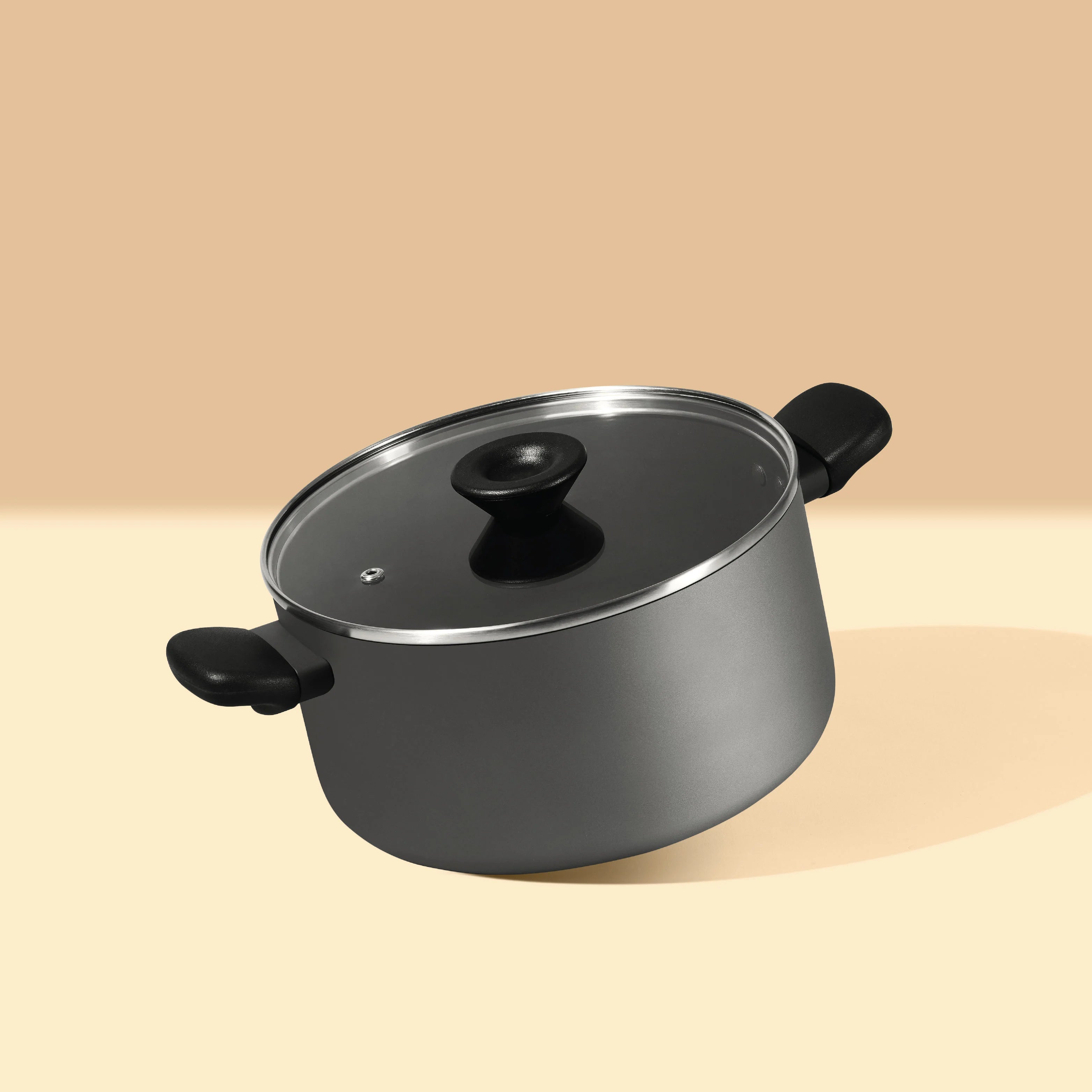Non-stick cookware is prized for its convenience and ease of use, but to maintain its performance and longevity, proper cleaning is essential. With the right care, you can keep your non-stick pans in top condition, ensuring they remain effective and durable for years. Here’s a detailed guide to easy and effective cleaning tips for non-stick cookware.
Table of Contents
- 1. Hand-Washing is Key
- 2. Cool Down Before Cleaning
- 3. Use Non-Abrasive Cleaning Tools
- 4. Avoid Cooking Sprays
- 5. Remove Stains with Baking Soda
- 6. Season Your Non-Stick Cookware
- 7. Store Properly to Avoid Scratches
- 8. Don’t Overheat Your Non-Stick Cookware
- 9. Conclusion: How to Make Your Non-Stick Cookware Last Longer
Hand-Washing is Key
While it may be tempting to toss your non-stick cookware into the dishwasher, the best way to preserve its non-stick coating is to wash it by hand. The harsh detergents and high temperatures used in dishwashers can degrade the non-stick surface over time, causing it to lose its effectiveness.
For daily cleaning, simply use warm water, a soft sponge, and a few drops of mild dish soap. Gently scrub the surface to remove food particles, then rinse thoroughly with warm water. Avoid using abrasive sponges or scouring pads, as these can scratch and damage the non-stick coating.
Cool Down Before Cleaning
It’s important to allow your non-stick cookware to cool down completely before cleaning. Placing a hot pan directly under cold water can cause the non-stick surface to warp or become damaged over time. Sudden changes in temperature can also weaken the coating, reducing its non-stick properties.
After cooking, set the pan aside and let it cool for a few minutes before washing it. This small step can go a long way in preserving the integrity of your non-stick cookware.
Use Non-Abrasive Cleaning Tools
When cleaning non-stick cookware, always opt for non-abrasive cleaning tools. Avoid steel wool, harsh scrubbers, or abrasive powders, as these can scratch and wear down the non-stick surface. Instead, use a soft sponge, microfiber cloth, or a nylon brush for gentle scrubbing.
If food residue is stuck to the pan, fill it with warm water and a bit of dish soap and let it soak for 10-15 minutes. This will help loosen the food particles, making it easier to clean without the need for aggressive scrubbing.
Avoid Cooking Sprays
While it may seem convenient, cooking sprays can actually damage non-stick cookware over time. Many sprays contain additives that can build up on the surface, creating a sticky residue that is difficult to remove and may interfere with the non-stick properties of the pan.
Instead of cooking sprays, opt for a small amount of oil or butter to coat the pan before cooking. This will not only protect your non-stick surface but also enhance the flavor of your food.
Remove Stains with Baking Soda
For stubborn stains or discoloration on your non-stick cookware, a baking soda paste can work wonders. Baking soda is a gentle, non-abrasive cleaner that can help lift stains without scratching the surface.
To make a paste, mix 2 tablespoons of baking soda with a few drops of water until it forms a thick consistency. Apply the paste to the stained areas and let it sit for 15-20 minutes. Afterward, gently scrub with a soft sponge and rinse with warm water. This method is especially useful for removing grease buildup or residue left behind after cooking.
Season Your Non-Stick Cookware
Just like cast iron pans, seasoning your non-stick cookware can help prolong its life and improve its performance. While non-stick pans don’t require the same level of seasoning as cast iron, a light coat of oil can help maintain the slick surface and prevent food from sticking over time.
To season your non-stick cookware, lightly coat the cooking surface with vegetable oil or canola oil. Heat the pan on low for a few minutes, then allow it to cool completely before wiping away any excess oil with a soft cloth or paper towel. Regular seasoning can help keep the surface smooth and non-stick for longer.
Store Properly to Avoid Scratches
How you store your non-stick cookware is just as important as how you clean it. Avoid stacking your non-stick pans directly on top of each other, as this can lead to scratches and damage the coating. If space is an issue and you need to stack your pans, place a soft cloth or pan protector between each one to protect the surface.
Additionally, avoid placing heavy cookware on top of your non-stick pans, as this can warp the shape and compromise the non-stick performance.
Don’t Overheat Your Non-Stick Cookware
One of the quickest ways to ruin non-stick cookware is by overheating it. Non-stick pans are designed to cook food at medium to low heat. Exposing them to excessive heat can break down the non-stick coating, causing it to become less effective and eventually flake off.
For most cooking tasks, medium heat is sufficient. If you need to sear or cook at high temperatures, consider using a stainless steel or cast iron pan instead. Proper heat management is crucial for maintaining the longevity of your non-stick cookware.
Conclusion: How to Make Your Non-Stick Cookware Last Longer
With proper care and cleaning techniques, your non-stick cookware can remain in excellent condition for years. Hand-washing, using non-abrasive tools, and seasoning the pan regularly can go a long way in preserving the non-stick surface. Additionally, avoiding cooking sprays, cooling before cleaning, and ensuring proper storage are all key factors in extending the life of your cookware.
Meyer offers a wide range of premium non-stick cookware designed for durability and safety. The Circulon ScratchDefense A1 Series, for example, features ScratchDefense™ Nonstick Technology, tested to be 130 times more resilient than conventional nonstick coatings, making it a perfect choice for those seeking long-lasting cookware. By following these tips and investing in high-quality cookware like Meyer’s non-stick range, you’ll enjoy hassle-free cooking and easy cleaning for years to come.












Leave a comment